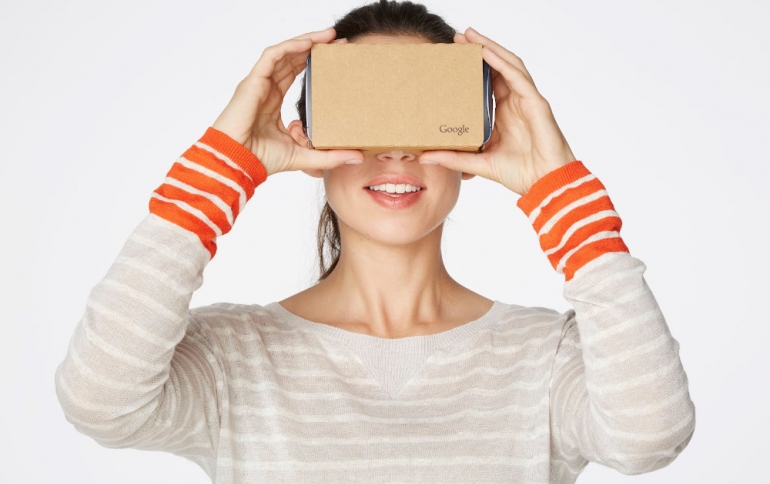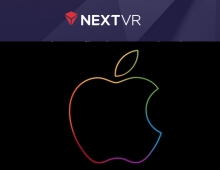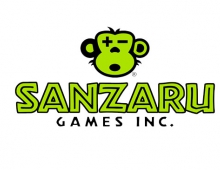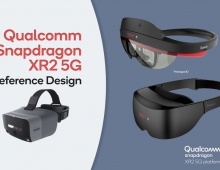
Google is Open Sourcing Cardboard
Google released the Cardboard open source project to let the developer community continue to build Cardboard experiences and add support to their apps.
Launched five years ago, Google Cardboard is a simple cardboard viewer that anyone can use to experience virtual reality (VR). From a giveaway at Google I/O to more than 15 million units worldwide, Cardboard has played an important role in introducing people to VR through experiences like YouTube and Expeditions. In many cases, it provided access to VR to people who otherwise couldn’t have afforded it.
With Cardboard and the Google VR software development kit (SDK), developers have created and distributed VR experiences across both Android and iOS devices.
While Google has seen overall usage of Cardboard decline over time and is no longer actively developing the Google VR SDK, the company still sees consistent usage around entertainment and education experiences, like YouTube and Expeditions.
Google is releasing libraries for developers to build their Cardboard apps for iOS and Android and render VR experiences on Cardboard viewers. The open source project provides APIs for head tracking, lens distortion rendering and input handling. Google has also included an Android QR code library, so that apps can pair any Cardboard viewer without depending on the Cardboard app.
An open source model will enable the community to continue to improve Cardboard support and expand its capabilities, for example adding support for new smartphone display configurations and Cardboard viewers as they become available. Google promised to continue to contribute to the Cardboard open source project by releasing new features, including an SDK package for Unity.
If you’re interested in learning how to develop with the Cardboard open source project, visit the Cardboard GitHub repo to access source code.





















